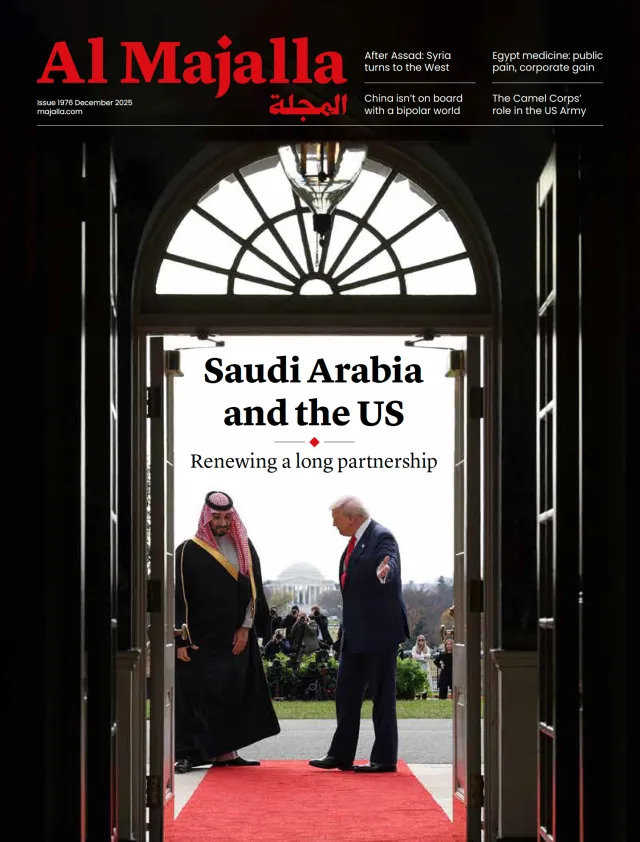In early January, the two men whose forces now control two big chunks of Syria met to discuss the country’s future and try to resolve their impasse. Unfortunately, they were unsuccessful. Meanwhile, troops are stacking up near the area in dispute.
The two men were Mazloum Abdi, leader of the Kurdish-majority Syrian Democratic Forces (SDF), and Ahmad al-Sharaa, who has just been made Syria’s interim president. Al-Sharaa leads Hay’at Tahrir al-Sham (HTS), the largest armed faction responsible for unseating his predecessor, Bashar al-Assad, in December.
The SDF controls about a third of Syrian territory in the country’s northeast, including its major oil fields. It also controls giant camps holding tens of thousands of IS fighters plus their families. Türkiye, which helped al-Sharaa and HTS unseat al-Assad, considers the SDF as aligned with the Kurdish terrorist group, the PKK.
Until now, the Kurds have enjoyed American support, but new US President Donald Trump may change that. The SDF wants a degree of military autonomy in any new Syrian set-up, but al-Sharaa and his ministers have flatly rejected that, issuing edicts that all armed factions are to lay down their arms and integrate into a national army.
Negotiating positions
Shortly after they met to negotiate the future of the eastern Euphrates region and of the SDF, al-Sharaa made a notable statement, saying: “We cannot accept the presence of foreign fighter groups in Syria.” He went on to accuse the Kurdistan Workers’ Party (PKK) and the People’s Protection Units (YPG) of “exploiting the IS issue to serve their own interests”.
This statement underscored the significant difficulties in the negotiation process, signalling a likely stalemate and the potential need for alternative solutions. What options are there, and who is involved? Where might there be convergence and even agreement, and what would the SDF do if attacked?




